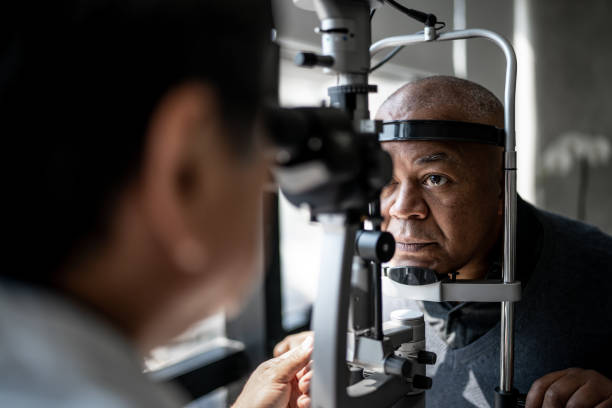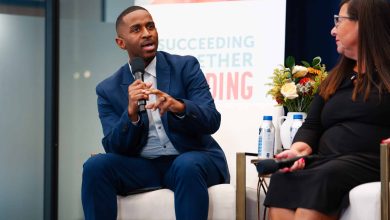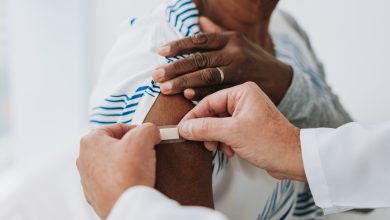Should You See an Optometrist or an Ophthalmologist?


Why do I — or members of my family — need to see an eye doctor?
Sooner or later almost everyone will need to use eyeglasses. Vision problems are generally divided into two categories: nearsightedness (being able to see clearly only when things are close up or nearby), or farsightedness (being able to see things far away, while small nearby objects, such as printed words, appear blurred).
People with nearsightedness normally need eyeglasses throughout their life. When most people reach age 40 or older, their eyes gradually become more farsighted — a condition called presbyopia, which requires corrective glasses for reading or doing detailed work. This is a perfectly natural consequence of the aging process.
Other eye conditions and diseases — including cataracts, glaucoma, astigmatism, lazy eye (amblyopia), retinal disorders, and the side effects of high blood pressure, diabetes, and heart disease — also require an eye doctor’s ongoing monitoring and care. Eye care professionals stress that if caught early on, all these eye diseases can be treated. Without treatment, some of them can cause permanent blindness.
Some adults are only motivated to see an eye doctor “when they can’t see,” says Kerry Beebe, an optometrist in Brainerd, Minnesota and former chair of the American Optometric Association’s Clinical Care Executive Committee. Yet adults should have regular eye exams even if their vision is good because an exam can detect early-stage diseases – even if you’re not having symptoms. In one dramatic example, eye tests can sometimes detect brain tumors. They can also reveal eye damage due to diabetes, which is a leading cause of blindness.
RELATED: Have Diabetes? Don’t Lose Sight of Danger to Your Eyes
When should my child see an eye doctor?
Studies show that one in four children has vision problems, yet nearly half of parents with children 12 or younger have not taken their child to an eye doctor. Often, however, vision screening programs in school pick up the most common problems. Eye doctors recommend that children start getting eye exams when they are six months old. This is usually done by the baby’s pediatrician, who performs a few simple tests to make sure the baby’s vision is tracking properly, that light is getting through to the retina and that there is no evidence of the eyes crossing.
Even if their eyes are fine, they should be seen again at three years old, and once more before they start first grade. Again, vision tests for young children are normally done in a family doctor’s or pediatrician’s office and don’t require an eye doctor unless the child has eye disease or vision problems that need correction.
Doctors stress that parents should talk to the child’s doctor if they suspect a vision problem. “If caught early enough, at three or four years old, children’s eye conditions are very treatable,” says Beebe, who has practiced optometry for 47 years. “But if (eye diseases) are not caught until children are eight or nine years old, they may not have good vision for the rest of their lives. I see children every day who can’t read the big E on the eye chart. Their parents think everything is fine and the kids figure everyone sees like this. They can’t see the blackboard, but they can read up close.”
Should I see an optometrist or an ophthalmologist?
Optometrists, or doctors of optometry (OD), are specialists in optical disorders and vision. Optometrists are trained and licensed to diagnose and treat vision problems as well as some eye conditions. They can prescribe




